
The U.S. Navy is pushing the frontiers of maritime warfare with the formation of cutting-edge robotic squadrons designed to integrate unmanned surface vessels (USVs) into its fleet operations.
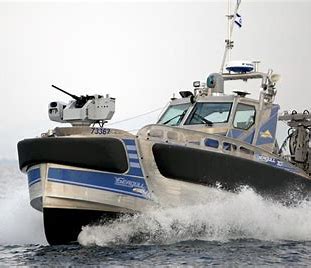
In a significant development, Unmanned Surface Vessel Squadron Three (USVRON Three) was commissioned at Naval Base San Diego on May 17, under the command of Capt. Derek Rader.
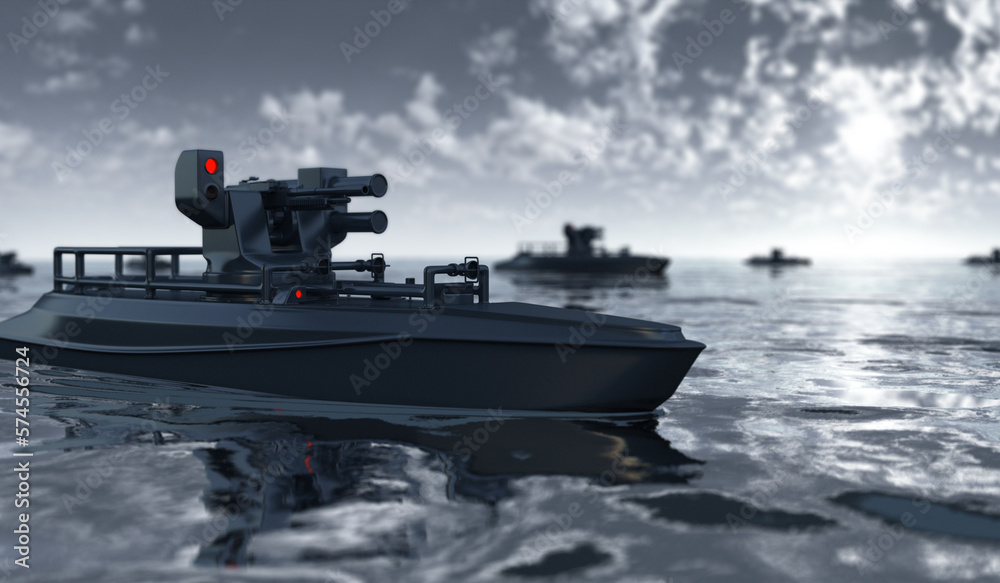
This squadron will manage a “fleet” of small uncrewed surface vessels, such as the Global Autonomous Reconnaissance Craft (GARC), which is a leap towards a hybrid fleet of manned and unmanned systems.
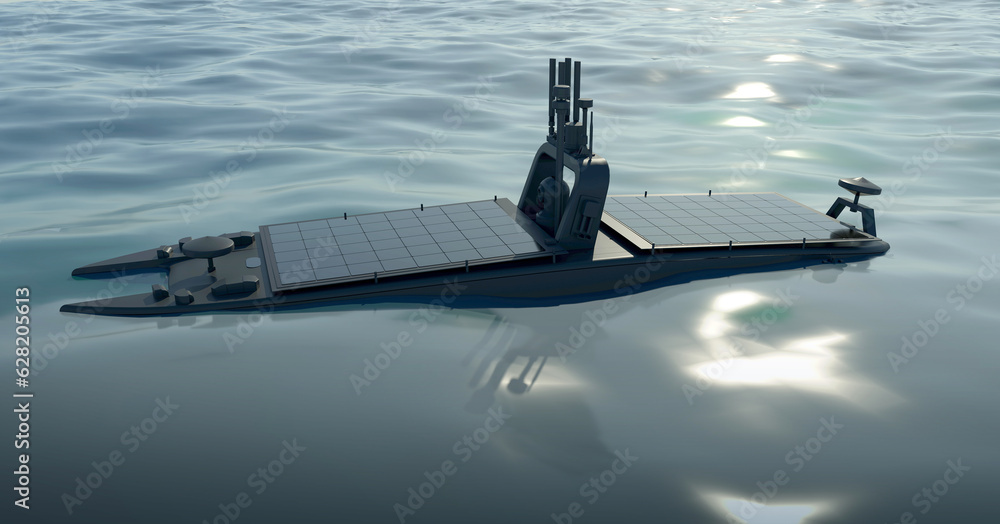
The establishment of USVRON Three follows the Navy’s introduction of a new “robotics warfare specialist” general rating, solidifying the role of robotic and autonomous system (RAS) operations within the service’s structure.

Vice Adm. Brendan McLane, Commander of Naval Surface Forces U.S. Pacific Fleet, emphasized the importance of unmanned systems, stating, “The Navy is placing unmanned systems in the hands of 400 of our most talented warfighters to help integrate, scale, experiment, and employ these systems.”

The Navy’s unmanned ventures are part of the Pentagon’s wider Replicator initiative, a strategic move to deploy thousands of attritable autonomous systems by August 2025.
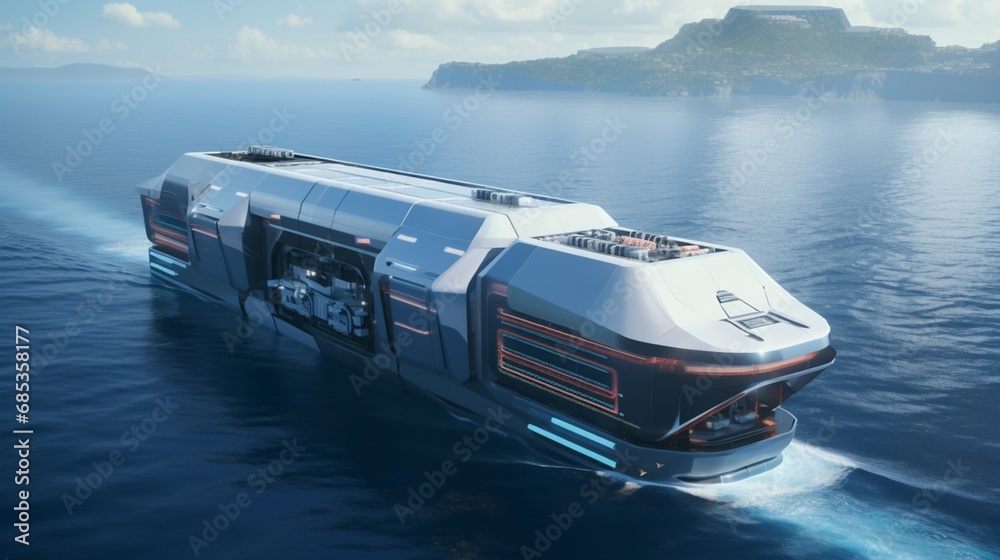
With an initial funding of $500 million secured for fiscal 2024 and a request for an additional $500 million for fiscal 2025, the Replicator initiative is indeed a high-priority defense project.

In parallel, the service is also advancing in the Large Unmanned Surface Vessel (LUSV) program, with four of six contenders—Bollinger Shipyards, Fincantieri Marinette Marine, Huntington Ingalls Industries, and Gibbs & Cox—successfully completing 720-hour engine reliability tests.
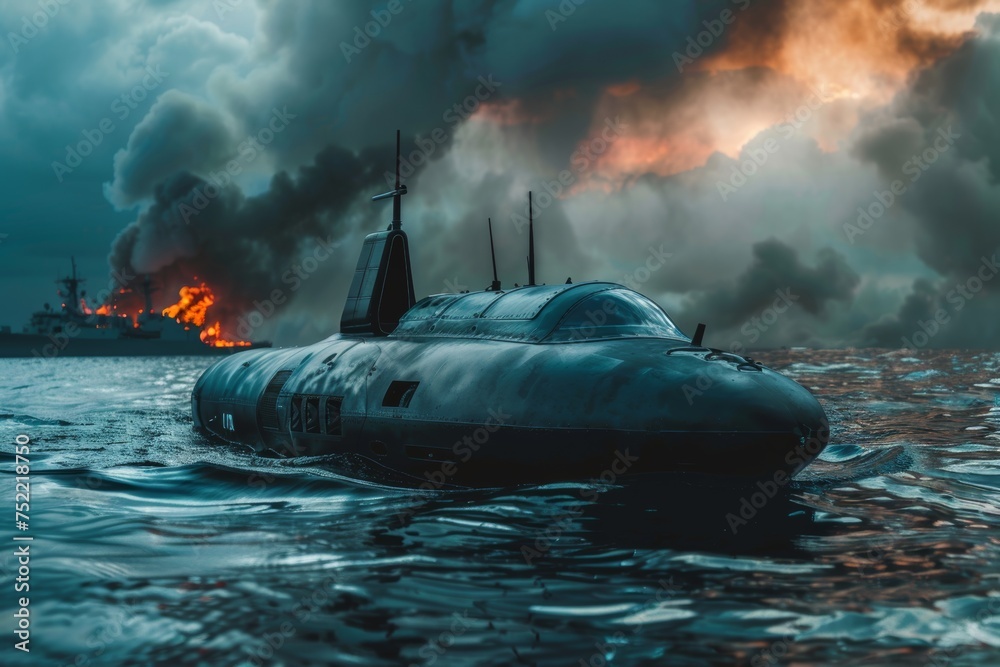
This significant achievement paves the way for the operationalization of autonomous vessels capable of fulfilling roles in electronic warfare, anti-surface warfare, and land-strike warfare. The LUSV, spanning 200 to 300 feet in length, represents a revolutionary step in autonomous naval capabilities.
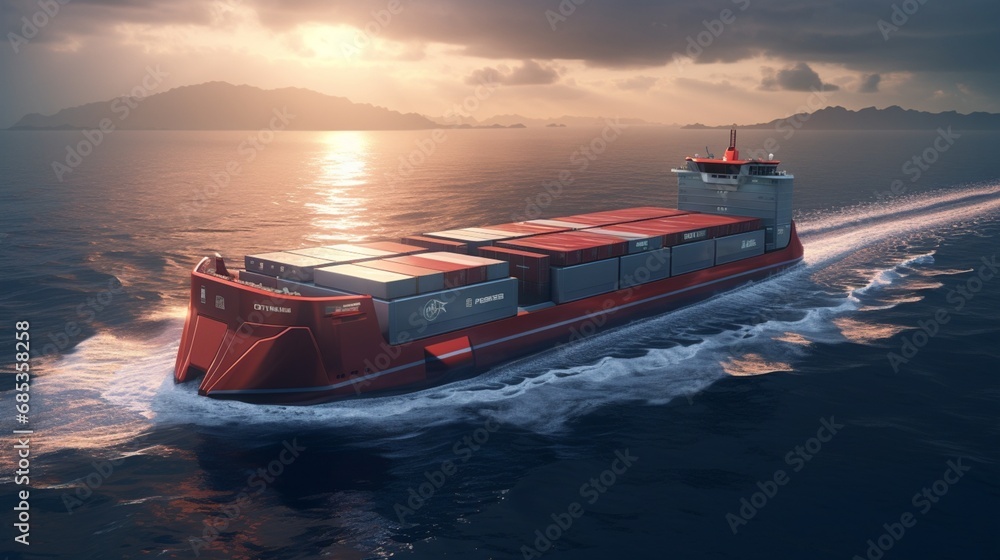
Notably, the Navy is gearing up to test advanced network technologies through Project Overmatch during the Rim of the Pacific (RIMPAC) exercise near Hawaii.

RIMPAC, the world’s largest international maritime exercise, will offer a platform to validate the project’s connective technologies, aiming for superior decision-making capabilities. These technologies, part of the overarching Combined Joint All-Domain Command and Control (CJADC2) initiative, are expected to enhance coordination among sensors, platforms, and allied forces.

The rapid developments are not confined to technology alone. The Navy plans to establish a second unmanned surface vessel squadron focused on small USVs, with a mission range from sensing to kinetic capabilities. This squadron will build upon the groundwork laid by the first USV squadron and will integrate into the emerging “hellscape” concept— a strategy employing swarms of unmanned platforms to potentially counter Chinese military maneuvers.

The unwavering commitment to unmanned capabilities underlines the Navy’s strategic foresight. “Our most exquisite capabilities—if I’m doing my job—you won’t be knowing about it,” says Admiral Sam Paparo, U.S. Pacific Fleet commander, stressing the significance of maintaining operational secrecy against adversaries.
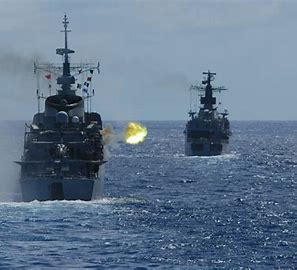
This statement captures the essence of the military’s approach to modern warfare: leveraging technological innovation while preserving the element of surprise.

As the U.S. Navy advances into the era of robotic warfare, these unmanned squadrons are set to become integral to the fabric of maritime strategy, bolstering America’s readiness to face emerging global threats in an increasingly complex and interconnected battlefield.b
Relevant articles:
– Navy stands up new robo-ship squadron as Pentagon pursues Replicator systems, DefenseScoop
– Four Firms Strengthen Bids for US Navy’s Large Unmanned Vessel Program, thedefensepost.com
– Navy gearing up to test secretive Project Overmatch capabilities at RIMPAC, DefenseScoop
– Navy Will Stand Up Lethal Drone Unit Later this Year, First Replicator USVs Picked, USNI News

